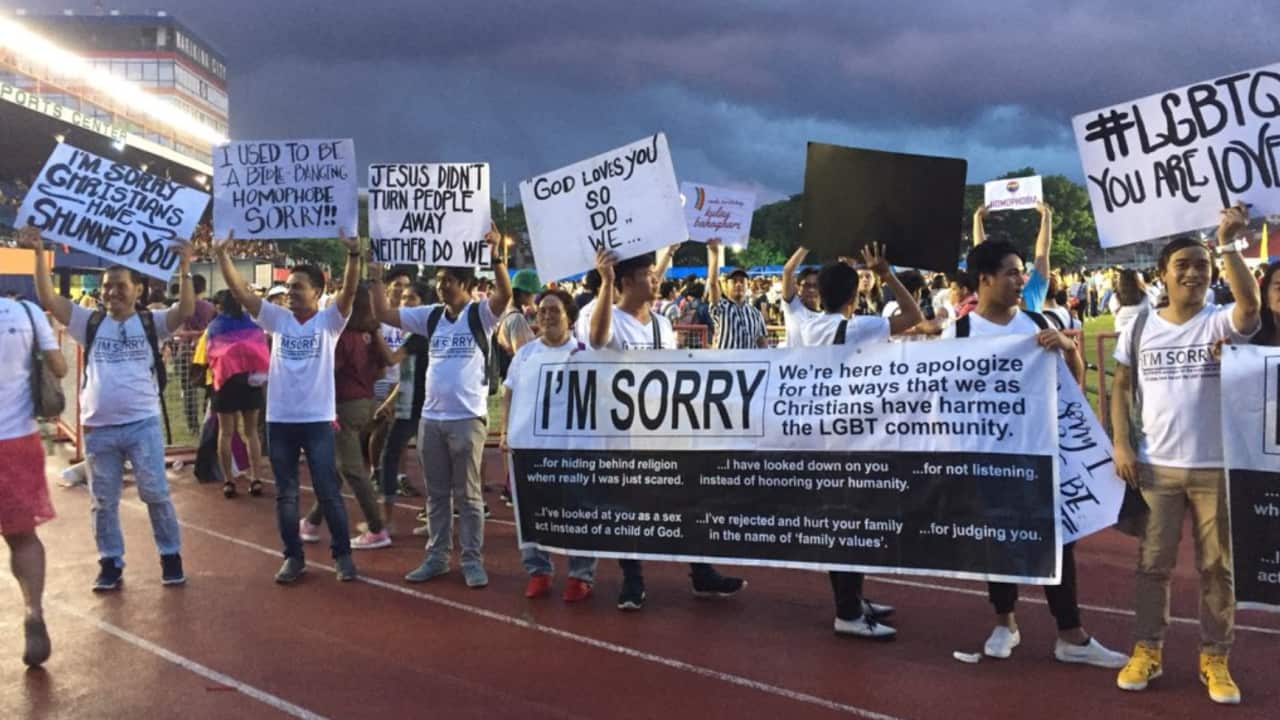For tourists, handwoven products are a common souvenir. But in remote villages across the Philippines, they are revolutionising communities and helping to continue a tradition that has been passed down for generations.
For women of the Tagbanwa tribe from northern areas of the country's Coron island, a collection of bags and baskets weaved entirely by hand form the lifeblood of their livelihood.
Annat Prag from the Catholic Organisation for Relief and Development Aid (Cordaid), a non-for-profit organisation working with indigenous communities in disaster relief and conservation, says natural ecosystems and the livelihood of locals are interconnected.
“If you look at Coron or any municipality that is a coastal or part of an island municipality, a very high percentage of the community are dependent on ecosystem-based livelihood like fishing and agriculture, so they’re really dependent on how healthy that ecosystem is,” she told SBS Life.
As fish continue to become less available, the pressure on women to adapt and provide an income for their families has increased.
Annat says the areas in which Cordaid work have the highest malnutrition rates in the region.
“This is because fisher-folk are struggling more and more,” she says.
Added pressure to sell their products has led to a shift in the types of handcrafted items produced by the women.
Mats have been the most predominant product made by Coron’s Indigenous women for centuries, but an increased demand has meant these women have been forced to expand their skills.
Cordaid project manager Jomel Baobao has worked closely with Indigenous weaver communities and has played a significant role in developing this shift.
“When Cordaid started working with these communities we saw the innate skill of the communities and the weaving but there was a very low market for these products,” Baobao says.
He adds: “To support this kind of enterprise, we tried to enrich their skills to make other handicrafts aside from mats and also increase the market of these handicrafts."
Baskets and bags are now the primary product made and sold by weavers.
I can support my family and put my children through school, an opportunity I never had.
The women say this transition has been helpful in being able to sell their products and earn more money.
“People in the town only want to replace their mats every few months, but people want bags all the time,” says Mylene, a member of the Tagbanwa tribe.
“I can support my family and put my children through school, an opportunity I never had.”
The products are woven from a raw material called pandan, which grows in most coastal regions of Coron.
The plants provide a buffer between the ocean and the shore, acting as important protection for coastal villages against flooding and waves.
Jomel says integrating conservation of pandan with the livelihood of weavers has been crucial. Jomel says the women are even starting to develop common plantations that can support production and maintain the environment at the same time.
“While the weavers are increasing their productivity and market, the communities are also realising the importance of protecting the raw material of pandan.”
“It’s a balance between livelihood, making money out of it but also protecting the environment,” he says.
The author travelled to the Philippines as part of , a University of Technology Sydney (UTS) programme supported by the New Colombo Plan (NCP) mobility grants.



